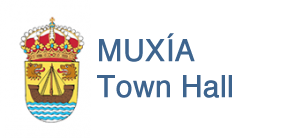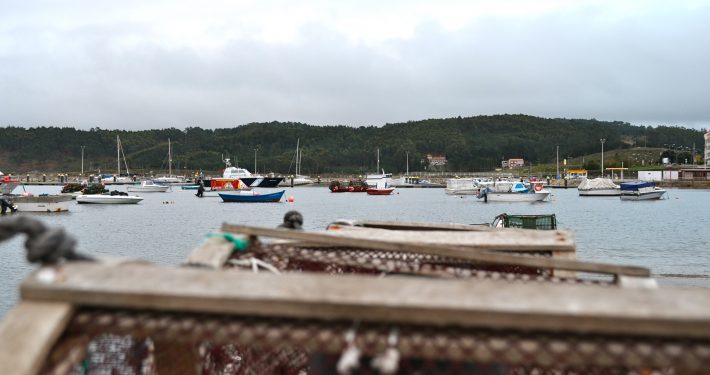Muxía was born thanks to the authorisation from the monks at the Monastery of Moraime (11th century), although little by little it became independent and built up its own life by making the most of the closest resource – the sea.
The first houses in this fishing town were built under the shelter of Mount Corpiño and close to The Boats beach (praia das Lanchas) to protect them from the wind, above all the northeaster, which blows ruthlessly over the peninsula.
Moraime, the monastry of the sea
The site where the church of Moraime stands, as we are told by anthropologist Manuel Vilar, was inhabited from the Bronze Age – a tomb is preserved from this time. The first glorious age came during the Roman settlement, when it became a vila. Its excellent situation by the sea, but at the same time sheltered and not easily visible – thereby avoiding enemy attacks – favoured the development of a significant commercial centre, also due to good maritime communications.
After the presence of a Germanic people, a Benedictine community exercised its jurisdictional power over the town and the Land of Nemancos (from Fisterra to Vimianzo) from Moraime from the 11th to the 13th centuries. Apart from authorising the occupation of what would become the town of Muxía, “the monks decided to create the shrine of A Barca and its legend, to endow the land they controlled with prestige”, according to Vilar Álvarez, who also wrote the study entitled “Moraime. El tesoro escondido de la Costa da Morte” (Moraime, the hidden treasure of the Death Coast).










